Patient no-shows disrupt healthcare services, but technology offers a solution. Automated email, SMS, and phone reminder systems improve patient attendance by providing personalized reminders tailored to individual preferences. These multi-channel approaches enhance engagement, reduce scheduling conflicts, and free up clinic resources for better patient care. Implementing such solutions leads to improved operational efficiency, reduced no-shows, and ultimately, better health outcomes through consistent communication. Measuring the effectiveness of these technologies through data analysis allows healthcare providers to refine their strategies, ensuring optimal clinic management and enhanced patient experiences.
In the digital age, improving patient attendance rates is more accessible than ever with technology-driven solutions. Email reminders for clinics, SMS alerts, and automated calls are transforming how healthcare providers connect with patients, reducing no-shows by over 30%. This article delves into the impact of patient no-shows on clinics, explores the role of technology in enhancing attendance, presents effective reminder strategies, guides the design of compelling content, discusses technical implementation, and offers methods for measuring success.
- Understanding Patient No-Shows and Their Impact on Clinics
- The Role of Technology in Improving Attendance Rates
- SMS, Email, and Call Reminders: Effective Strategies
- Designing Compelling and Personalized Reminder Content
- Implementing Technical Solutions for Seamless Delivery
- Measuring Success and Continuous Improvement
Understanding Patient No-Shows and Their Impact on Clinics

Patient no-shows are a significant challenge for clinics and healthcare providers, leading to inefficient use of resources and potentially impacting patient care. No-shows occur when patients scheduled for appointments fail to attend, often due to forgetfulness, scheduling conflicts, or lack of perceived importance. This issue is particularly detrimental to clinics offering specialized services or limited slots, as each missed appointment can mean a delay in treatment or care for another patient.
The impact of no-shows extends beyond the clinic’s operational realm. Studies show that high no-show rates are associated with reduced healthcare access and worse health outcomes for patients. By implementing technology-driven solutions like automated email reminders, SMS notifications, and reminder call services, clinics can effectively combat this issue. These strategies not only serve as gentle nudge but also foster a sense of accountability among patients, ultimately leading to improved medical attendance boost and more efficient healthcare scheduling reminders.
The Role of Technology in Improving Attendance Rates
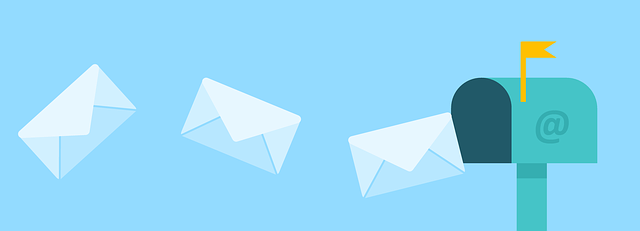
Technology plays a pivotal role in improving patient attendance rates and reducing no-shows. Email reminders for clinics, automated phone calls, and SMS notifications have proven to be effective tools in enhancing patient engagement and adherence to appointments. These technology-driven solutions act as powerful no-show prevention tools by providing gentle nudges that help patients remember their scheduled visits.
By integrating clinic reminder automation, healthcare providers can streamline scheduling processes, minimizing administrative burdens. Automated systems ensure that patients receive timely notifications, increasing the likelihood of attendance while freeing up staff to focus on more complex patient care tasks. This approach not only improves operational efficiency but also fosters better patient outcomes through consistent and proactive communication.
SMS, Email, and Call Reminders: Effective Strategies
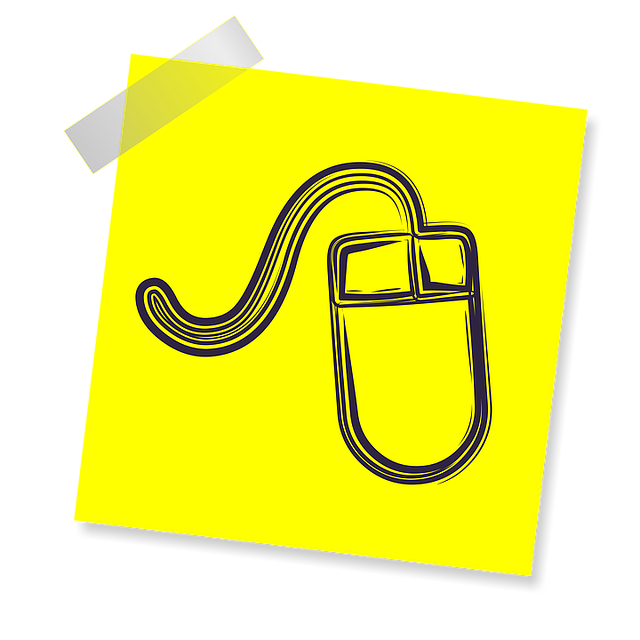
SMS, email, and call reminders have emerged as powerful tools to combat patient no-shows and improve overall clinic attendance. These technology-driven strategies offer a multi-channel approach to engage patients, ensuring they receive critical notifications at their preferred communication touchpoints. For instance, SMS reminders can be highly effective due to their immediate delivery and the personal nature of mobile devices, allowing for direct and timely interactions with patients.
Email reminders for clinics also play a significant role, especially for follow-up appointments or educational purposes. Emails provide a written record of the reminder, giving patients a clear reference point. Additionally, integrating clinic reminder automation systems can streamline the process, enabling automated scheduling, personalized messaging, and even adaptive messaging based on patient behavior. A robust reminder call service can further boost medical attendance rates by utilizing phone calls to reach patients directly, offering a more direct and human connection.
Designing Compelling and Personalized Reminder Content
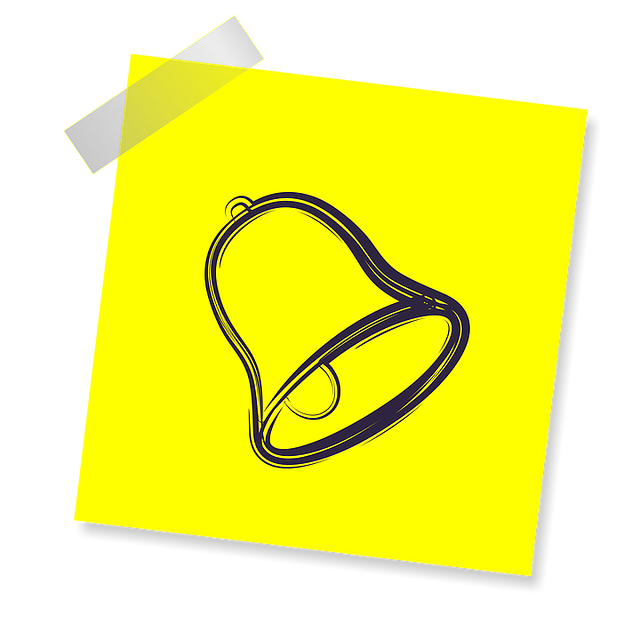
Crafting compelling and personalized reminder content is key to engaging patients and ensuring they honor their appointments. Healthcare providers should tailor messages to reflect the patient’s preferences, using names, preferred communication channels, and even offering multiple reminder options. For instance, a clinic could send an initial email reminder with a friendly nudge, followed by a phone call a day before the appointment, allowing patients to confirm their attendance. Personalization makes the reminders feel less like marketing and more like a helpful push from a trusted source.
Email reminders for clinics can be further enhanced by including practical information, such as directions to the facility, what to bring on the day of the appointment, and even brief educational content related to their health condition. This adds value to the reminder service and positions it as a valuable resource in the patient’s healthcare journey. By implementing clinic reminder automation, practices can streamline appointment management, reduce no-shows, and improve overall attendance rates.
Implementing Technical Solutions for Seamless Delivery
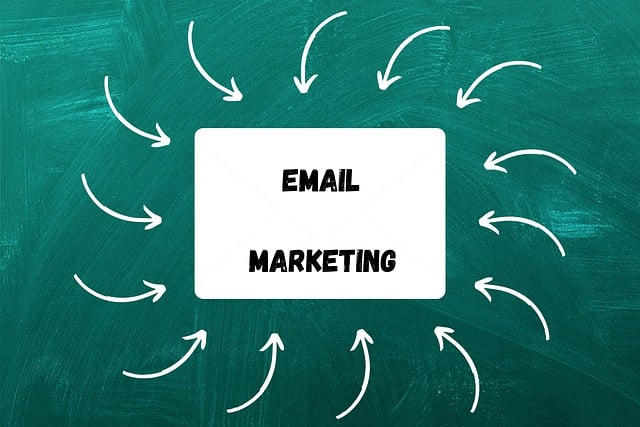
Implementing technical solutions for seamless delivery of reminders is a strategic move to enhance patient engagement and clinic operations. Email reminders for clinics play a pivotal role in ensuring patients receive crucial information about their appointments, fostering timely attendance. Automation features within these systems can personalize messages, sending them at optimal times based on individual preferences and past behavior.
A comprehensive clinic reminder automation system includes a robust reminder call service that combines SMS, email, and automated voice calls to reach patients effectively. This multi-channel approach increases the chances of reaching patients, accounting for varying communication preferences. By streamlining appointment reminders, these technical innovations not only reduce patient no-shows but also significantly boost medical attendance rates, ultimately improving overall clinic efficiency.
Measuring Success and Continuous Improvement
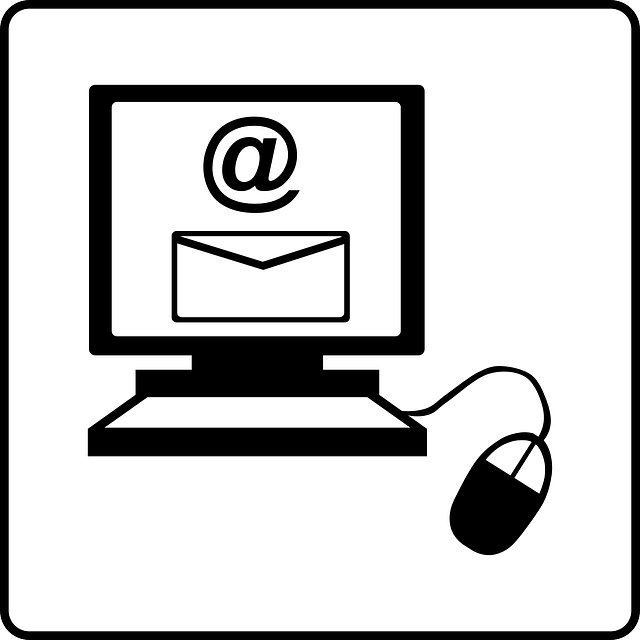
Measuring the success of technology-driven reminders is key to enhancing patient engagement and clinic operations. By tracking no-show rates, attendance boost, and patient feedback, healthcare providers can gauge the effectiveness of their chosen reminder service, whether it’s SMS, email, or call. Data analysis reveals patterns that inform adjustments to the automation system, ensuring optimal performance. Continuous improvement through these metrics leads to more efficient clinic management and better overall patient care.
For instance, identifying high no-show rates for specific procedures or demographics allows clinics to personalize their reminder strategies. This could involve refining message content, changing delivery times, or integrating a more comprehensive reminder call service. Additionally, patient feedback helps in understanding the preferred communication channels, leading to improved clinic reminder automation and enhanced medical attendance boost.
